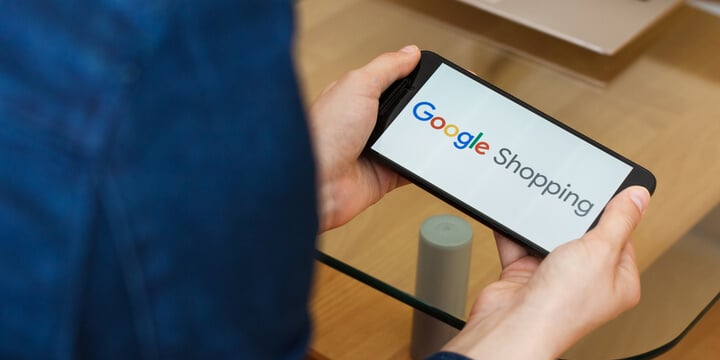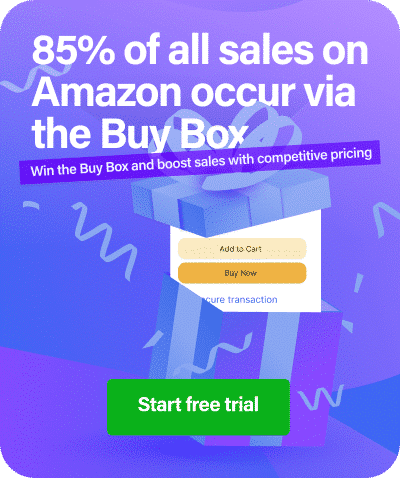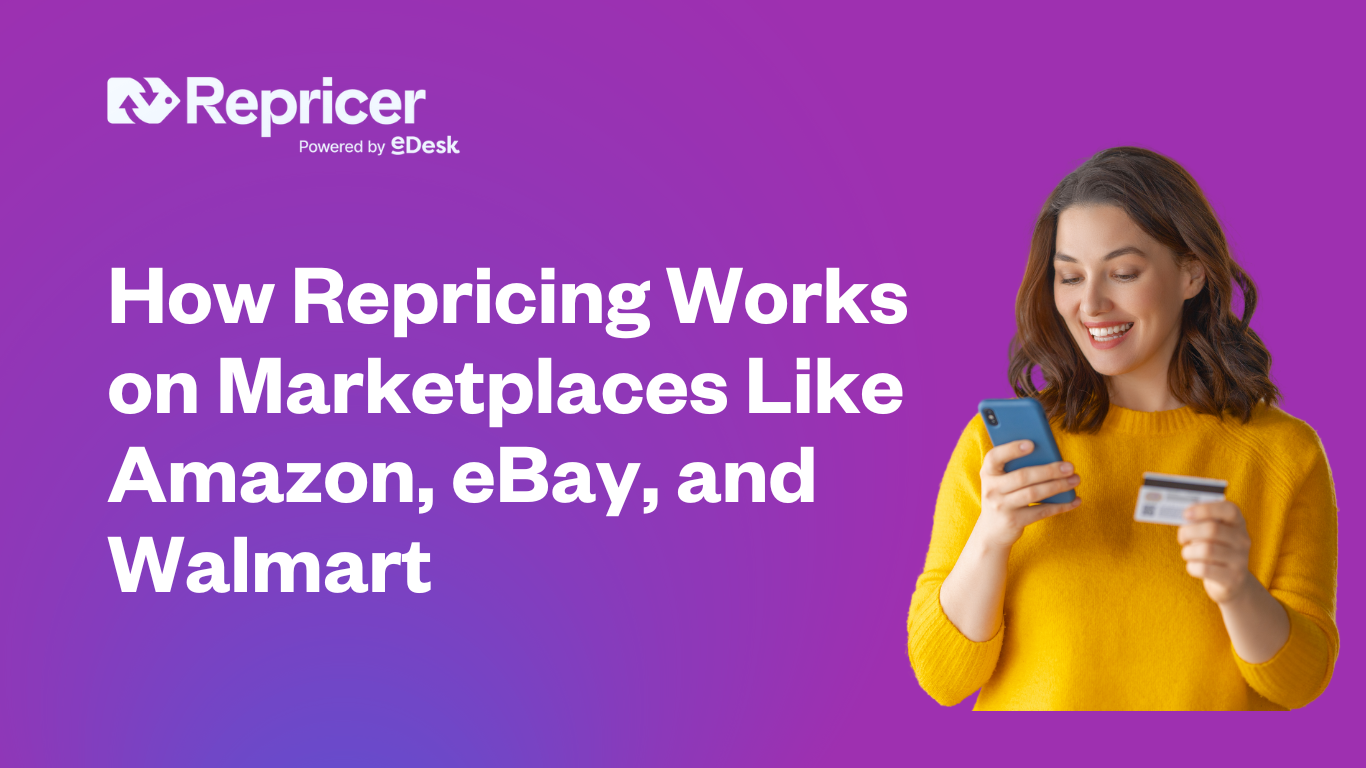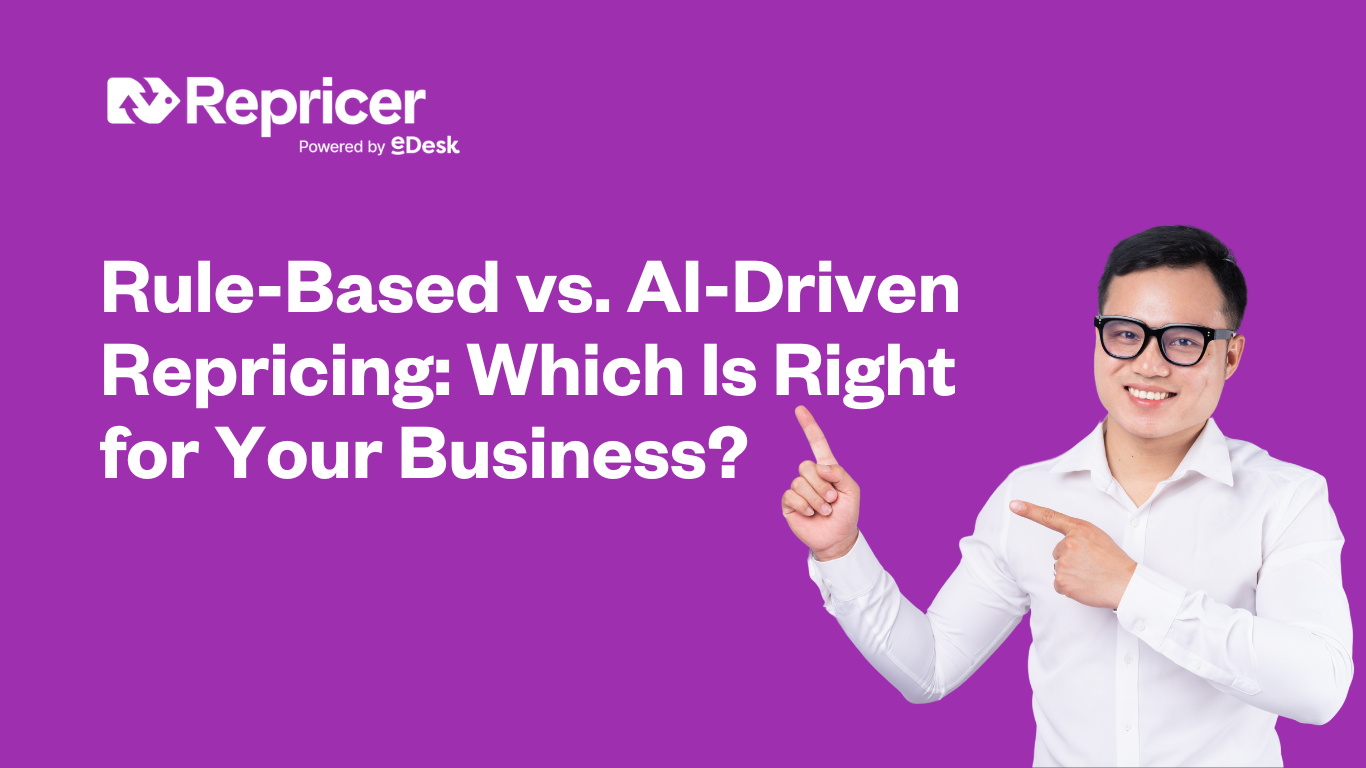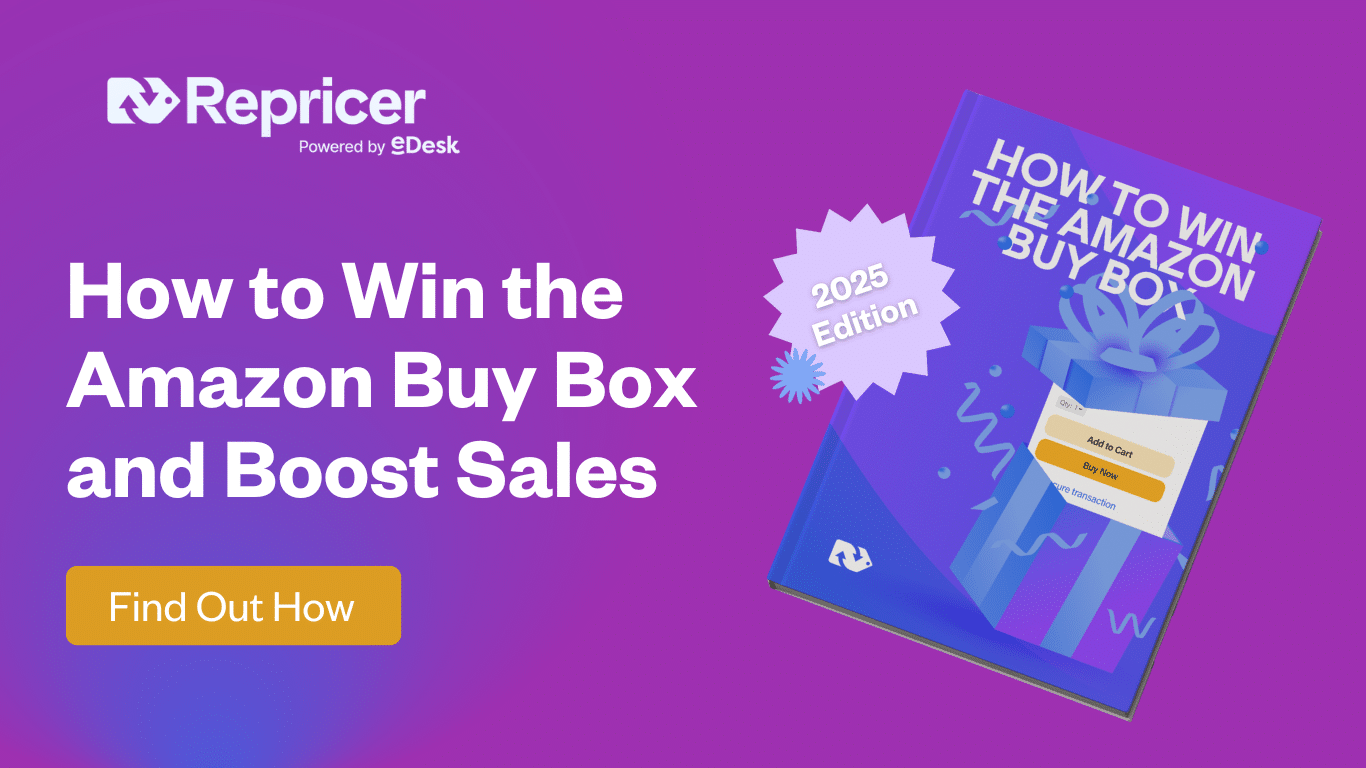Google Shopping allows ecommerce sellers to sell their products directly on Google Search. For shoppers, this means being able to easily search for, view and compare products on Google. Customers can see products that are being pulled from online webstores and compare prices between different vendors right there in Google search results.
When a shopper clicks on a product link, they’re usually brought through to the seller’s own webstore to make the final purchase. Google Shopping isn’t an online marketplace like Amazon or eBay, because it provides shoppers with the chance to compare products from multiple webstores, rather than just the one. Google Shopping is therefore considered to be a ‘Comparison Shopping Engine’ (CSE).
Products displayed on Google Shopping can appear on the main search results page (as a strip of product images) or under the ‘Shopping’ tab. This ‘Shopping’ tab is displayed next to other search tabs on the Google search homepage. You can search through special sections for ‘Images’, ‘Maps’ ‘News’ and ‘Videos’ tabs.
Under more, you can also find ‘Shopping’.
Imagine a shopper who’s looking to buy an acoustic guitar online. If you type the words “acoustic guitars” into Google, you will be brought to a search results page. Here, you will likely see a bunch of Google Ads, followed by organic (free) search results.
If you are searching for a product, above both the text ads and organic search results, you will find a carousel of thumbnail images along with the names of each product’s retailer and price. Those little boxes, which are displayed in a similar fashion to an online store, are pulled from listings on Google Shopping.
In order to get products listed on Google Shopping, you need to go to the bother of setting up a Google Merchant account, which has a number of steps, though Google does provide excellent assistance in getting set up.
What’s So Great About Google Shopping?
Google Shopping is a huge advertising opportunity for online sellers, especially those who would prefer to bring shoppers to their own webstore, rather than a third-party marketplace site. By having your products displayed on Google you are at the first point of entry for most shoppers.
Let’s go back to the acoustic guitar example. If you are shopping online for an acoustic guitar you mightn’t know the name of a guitar shop or the best marketplace to browse online. In fact, you mightn’t know any specifics at all so you go to Google to both shop and educate yourself. With Google Shopping, guitars will be displayed along with vendor name, price, description and rating. This immediately gives you a sense of what you are looking for and accelerates your progress through the buyer’s journey.
If you already use Google Ads to drive traffic to your webstore, you might be wondering what’s the big fuss about Google Shopping. The answer lies in the shopping experience and purchase intent.
Transforming search results into a more complete shopping experience
Before Google Shopping, the search results page was very text-heavy. At the top of the page, paid ads contained a title and short description. Further below, the same was true of organic search results. While this is fine when researching a topic, getting answers to questions or reading news stories, shopping is a much more visual experience. Google Shopping brings that visual component (the product image) right into search results. This is extremely important when purchasing physical products as it gives shoppers a far greater appreciation of what they’re buying. This visual element is one of the reasons why Google Shopping has 30% higher conversion rates than text-only ads.
When it comes to ecommerce it is the small visual comparison points that really drive sales. Beyond the main image images, product details, reviews and ratings, pricing, and product descriptions. With text-only ads, users are only able to read the ad and click the link. With Google Shopping, the search results page is transformed into a fully-fledged shopping experience.
Attracting customers who’ve already expressed purchase intent
Traditionally, Google is the place where an online shopper starts the buyer’s journey. Users start by entering a general term such as “acoustic guitar”. The user might then browse relevant stores and shop around to compare prices.
Although it was the start of the buyer journey, there was a lot of purchase intent. With Google Shopping, Google has turned this scenario on its head. Instead of being the start, it is now the endpoint where users can see all products lined up, compare prices and even refine and filter results similar to online marketplaces such as Amazon.
Google Shopping is letting online sellers reach “bottom-funnel” customers. These are customers that want to purchase an item, have a good idea of what they are looking for and are just trying to find the right place to buy. Google Shopping empowers shoppers, providing them with a clear pathway to your online store.
Why use Google Shopping?
Most ecommerce companies sell their products through a combination of online marketplaces, such as Amazon or eBay, and their own online store. Google Shopping is not meant to replace these. Instead, it’s used to bring more customers to your webstore.
Selling on Amazon has both good and bad points. We’d all much rather have customers buy direct from our own webstore rather than let a third-party marketplace get in the way. However, it can be difficult, expensive and time-consuming to drive traffic. It can reach a point where selling on the likes of eBay or Amazon feels like the only game in town. With Google Shopping, Google is trying to give online sellers new options. Google Shopping is a smart way to bypass some of those third-party marketplaces. Google shopping lets you place your products in front of highly engaged customers, who are actively searching for products you sell.
Final Thoughts
Google Shopping is one of the biggest growth opportunities in 2020. As a conversion funnel, there are few more effective ways to promote your product. For online sellers, it is a channel that simply must be explored. If you’re not advertising your products on Google Shopping, you’re missing out.
And there’s never been a better time to test the waters. Before, only vendors that advertised their products on Google were included in Google Shopping results. In light of Covid-19, with physical stores closing and “digital commerce becoming a lifeline for retailers”, Google announced that they were making it free for all merchants to sell on Google. The free version of Google Shopping was rolled out in the US in April 2020, and is expected to be fully rolled out in Europe and the UK later this year.
It’s important to note that paid shopping will still receive the lion’s share of exposure. Even with Google’s announcement, free listings are not eligible for the search results page or the top row of the shopping tab. However, it does provide online sellers with the perfect way to test-drive a new market.
Repricer.com is the fastest Amazon repricer on the market and a proud member of Amazon’s Marketplace Developer Council. Try repricing free for 14 days and increase your profits on Amazon, eBay, Walmart, Shopify and more.
